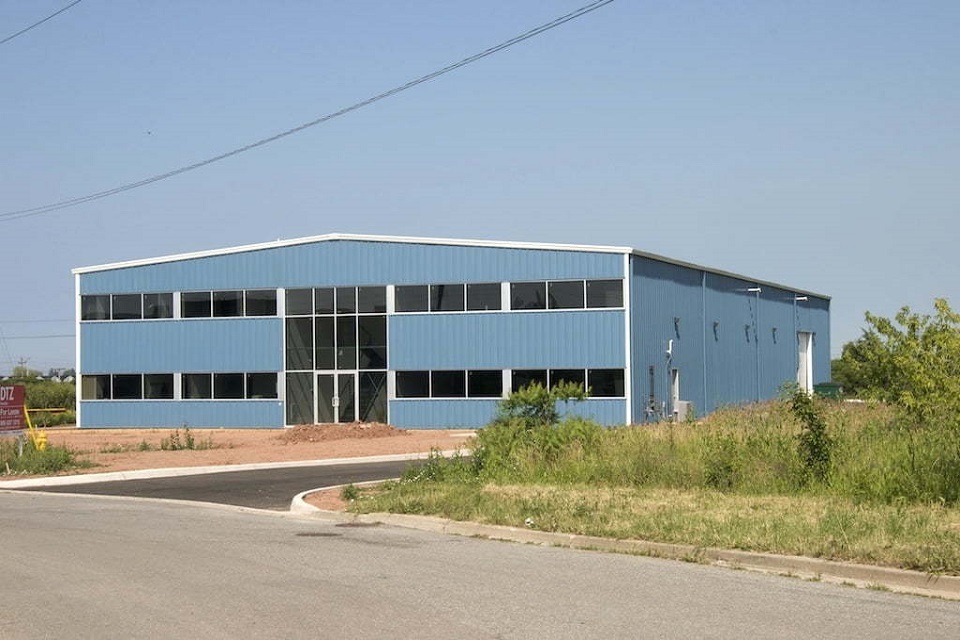Metal frame buildings have revolutionized the construction world, offering unparalleled durability and strength. This article will explore steel frame buildings’ pivotal role in modern architecture and engineering. Understanding the significance of steel frames is essential, as they serve as the backbone of countless architectural marvels.
Steel framed buildings stand as a testament to human innovation and engineering prowess. These structures owe their robustness to the rigid frames that form their core. These frames, typically made of steel, provide the necessary foundation for enduring the test of time and harsh external forces.
As you journey through the world of metal frame buildings, the article will uncover their secrets, from the selection of materials to the intricate design processes that ensure their stability. It will also examine how these frames resist external forces, ensuring the safety of occupants and the integrity of the structures they support.
Table of Contents
The Foundation Of Durability
Rigid frames form the very foundation of durability in construction. They ensure structures can withstand various natural forces, including strong winds, heavy snow loads, and seismic activity. The role of a rigid frame is to distribute loads evenly, mitigating stress on individual components and preventing deformation or structural failure. This even distribution is akin to a collective effort, where multiple entities share the load, making it manageable and sustainable.
The Art Of Material Selection
The choice of materials is a critical factor when discussing the durability and strength of rigid frames. Engineers must consider the structure’s purpose, environmental conditions, and budget constraints. Steel is a preferred choice due to its exceptional strength-to-weight ratio. It can endure substantial forces while remaining relatively lightweight. When corrosion resistance is a concern, materials like stainless steel or galvanized steel protect against moisture and chemicals. Additionally, reinforced concrete, a blend of steel and concrete, combines compressive and tensile strength to create a robust framework.
Designing For Strength
Materials do not solely determine strength; the design of rigid frames plays a pivotal role. Engineers employ intricate mathematical models and advanced software to optimize frame designs. The objective is to calculate and distribute loads efficiently to ensure structural stability. This precision in design is analogous to solving a complex puzzle, where each piece must fit perfectly to complete the picture.
Resistance To External Forces
Buildings and structures face continual challenges from external forces. Rigid frames act as a protective shield, safeguarding the structure’s integrity. For instance, strong winds exert immense pressure on a building’s exterior walls during a severe storm. With its robust design and strong materials, the sturdy frame prevents the walls from collapsing inward. This resembles a resilient defender standing firm in adversity, preserving what lies within.
Longevity& Sustainability
The durability of rigid frames is closely tied to the longevity and sustainability of structures. Well-constructed buildings with strong frames can endure for extended periods, reducing the need for frequent repairs or replacements. This saves costs and has environmental benefits, as fewer resources are consumed and less waste is generated. It’s akin to planting a sturdy tree that provides lasting benefits, contributing to a greener and more sustainable environment.
Conclusion
In conclusion, steel buildings represent the epitome of durability and strength in construction. These architectural wonders owe their longevity to the robust steel frames that underpin their existence. As we reflect on the importance of steel frame buildings, we recognize that they have transformed skylines and shaped how we live and work.
Metal frame buildings are more than just structures; they are symbols of human achievement and progress. Their ability to withstand external forces, weather the test of time, and contribute to sustainability cannot be overstated. Just as a strong foundation supports a towering skyscraper, steel frames support the aspirations of architects and engineers, allowing them to reach new heights in the construction world.
As you marvel at the impressive steel buildings that grace your cities, remember that the strength and durability of steel frames make these marvels possible beneath their exteriors. These structures will continue to inspire awe and admiration as enduring testaments to human ingenuity and steel’s power in the construction world.



